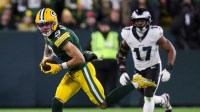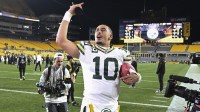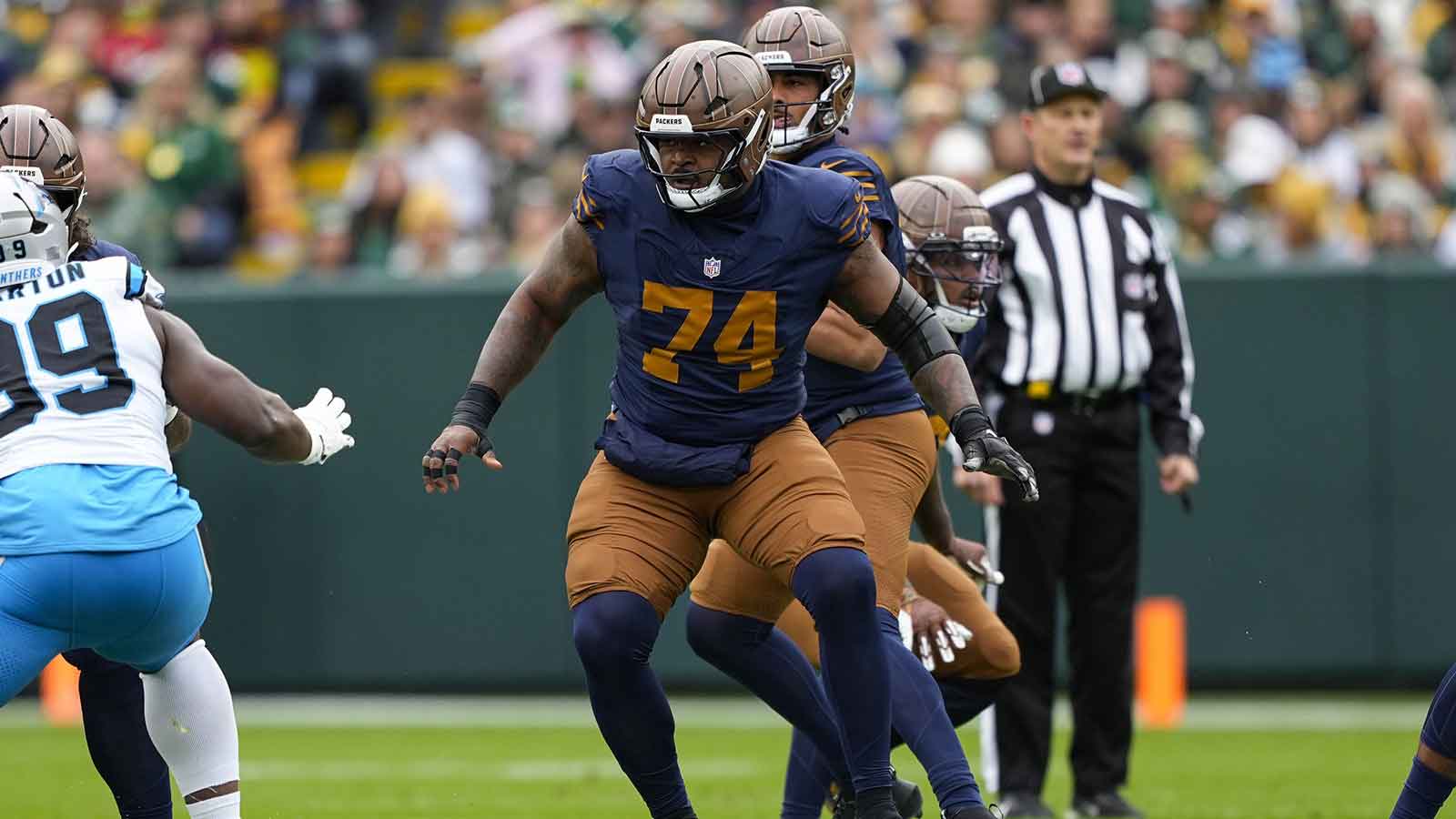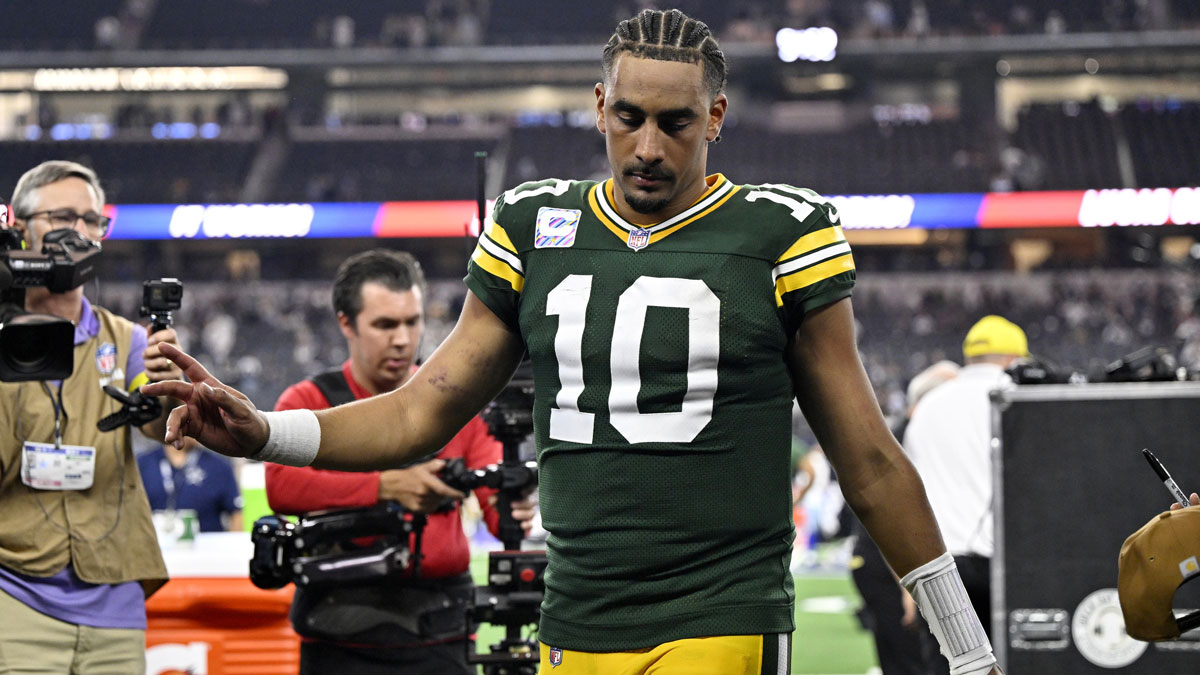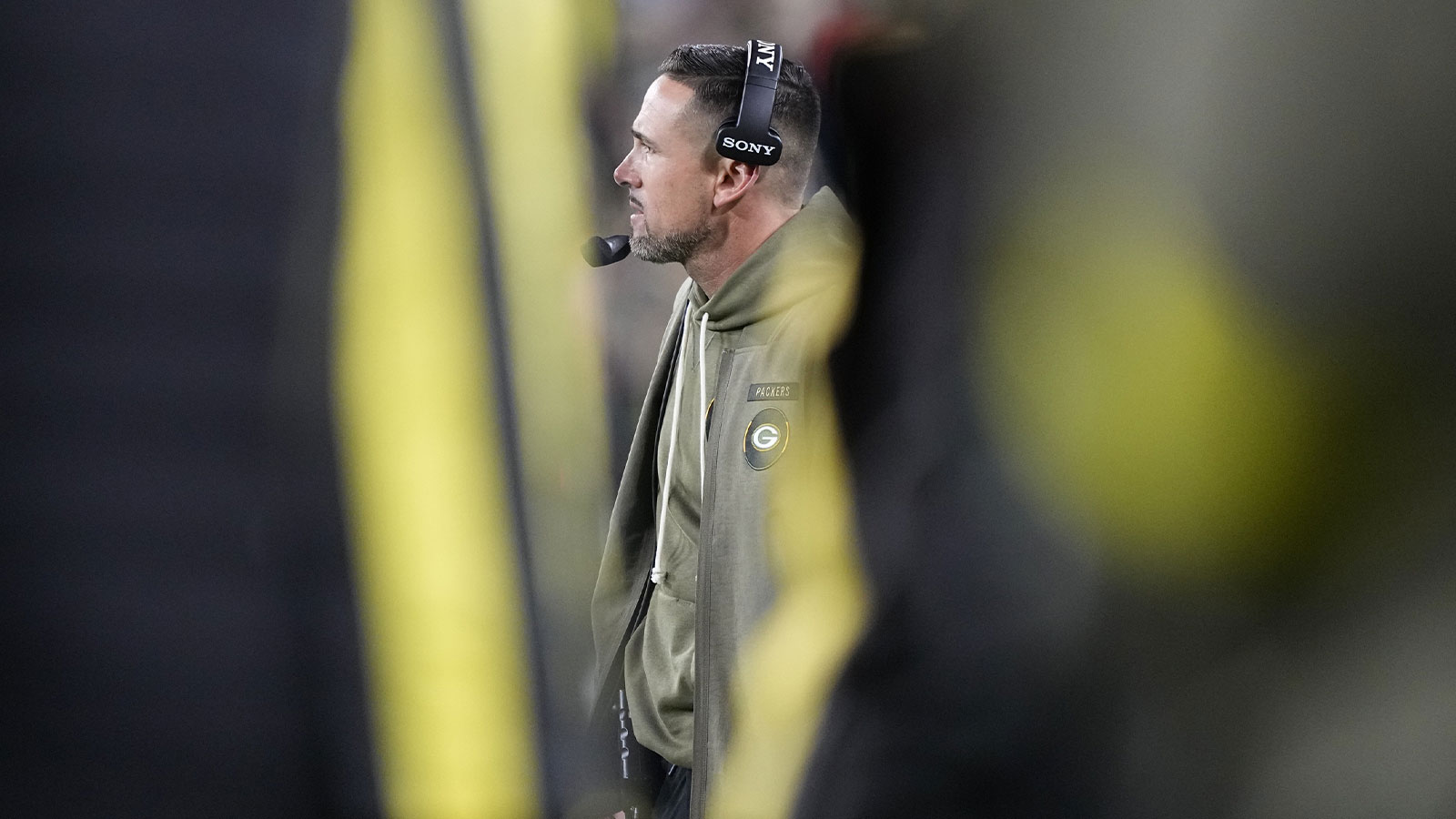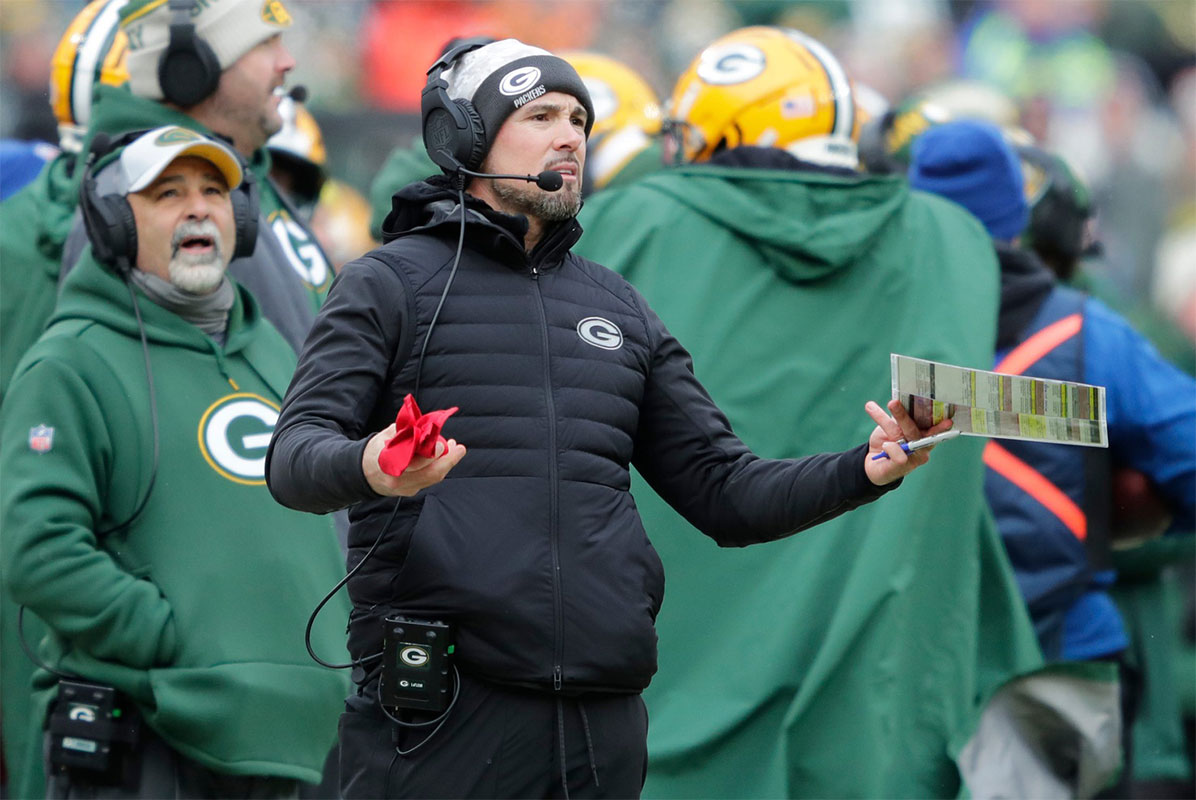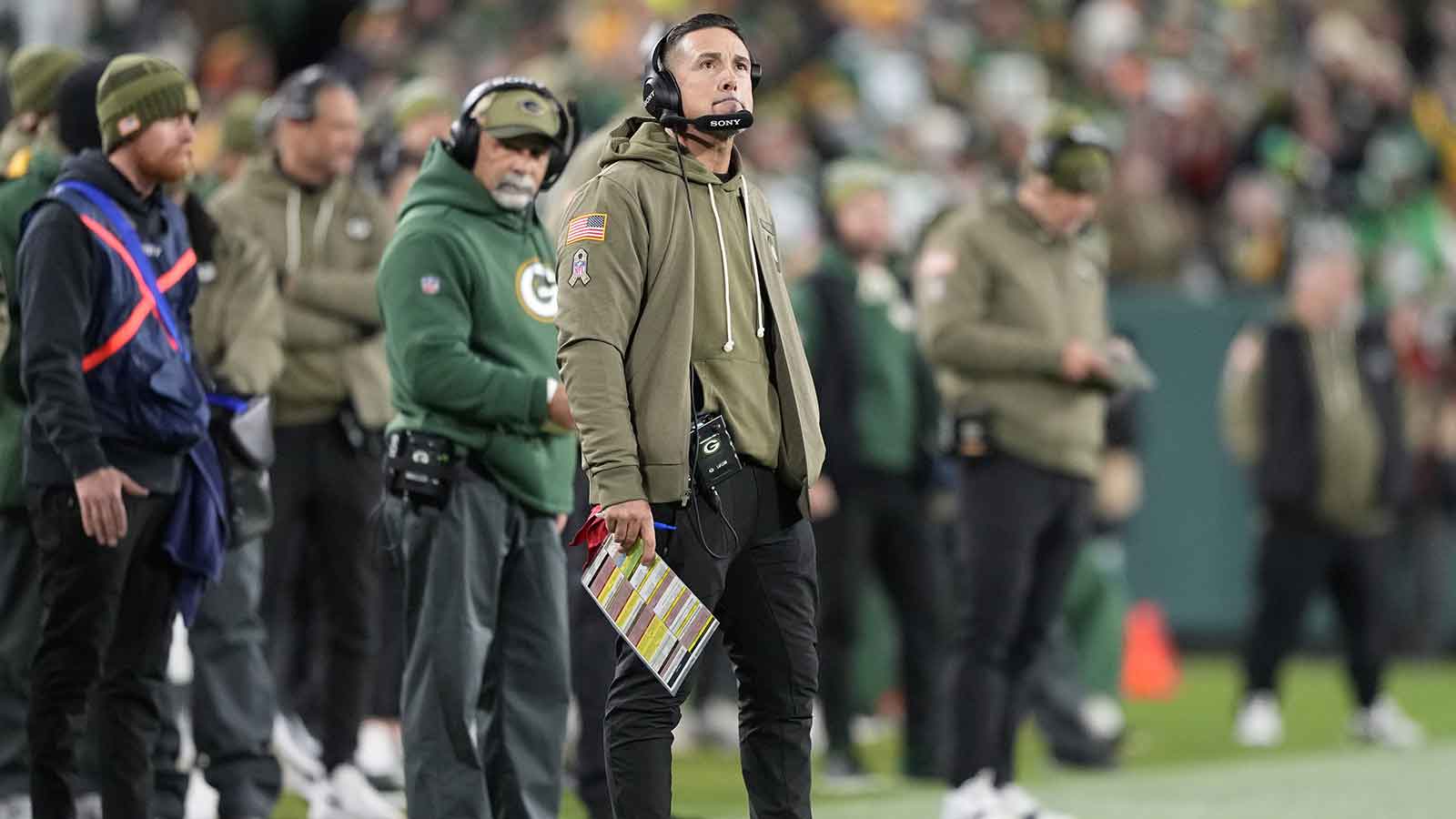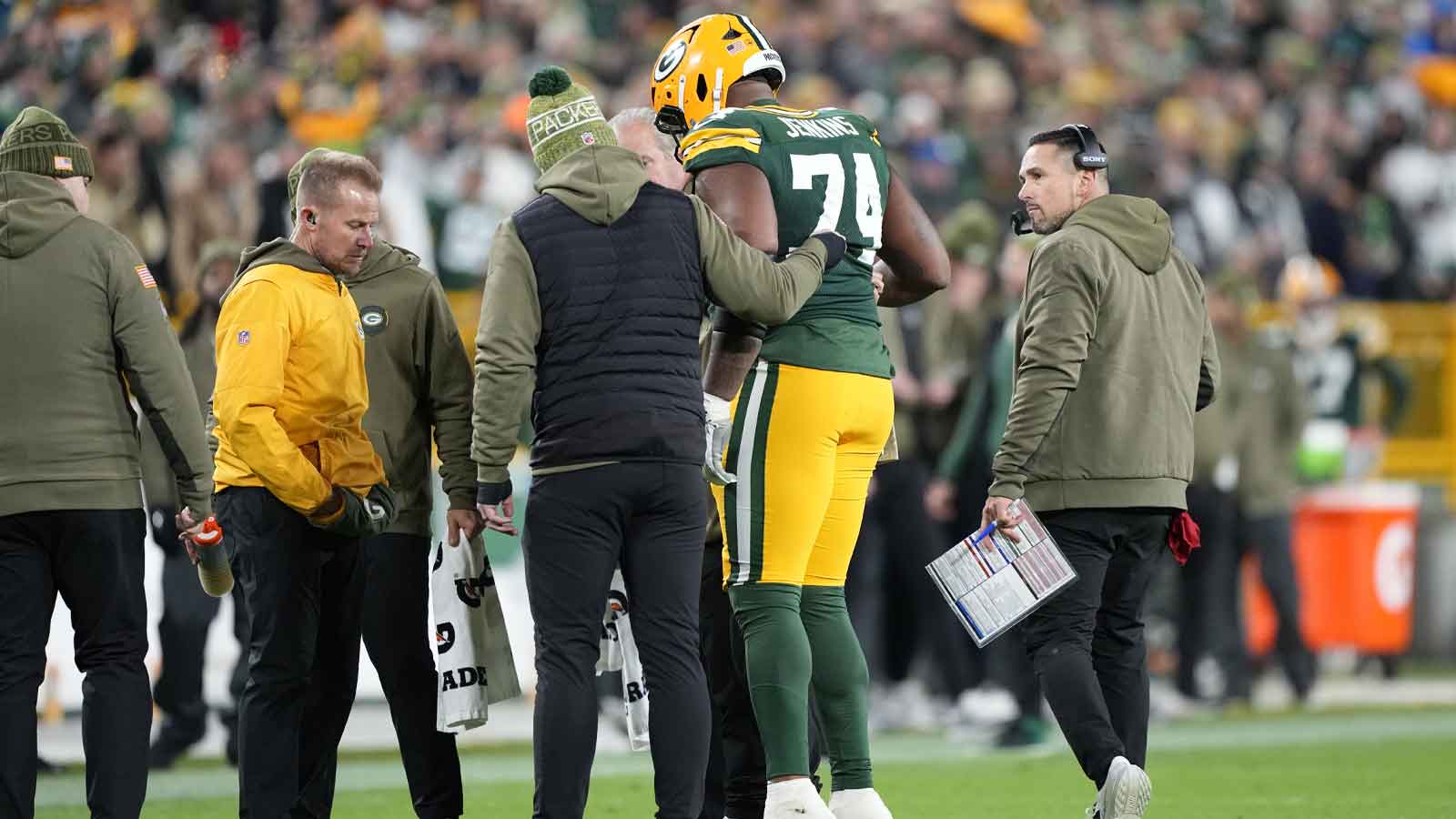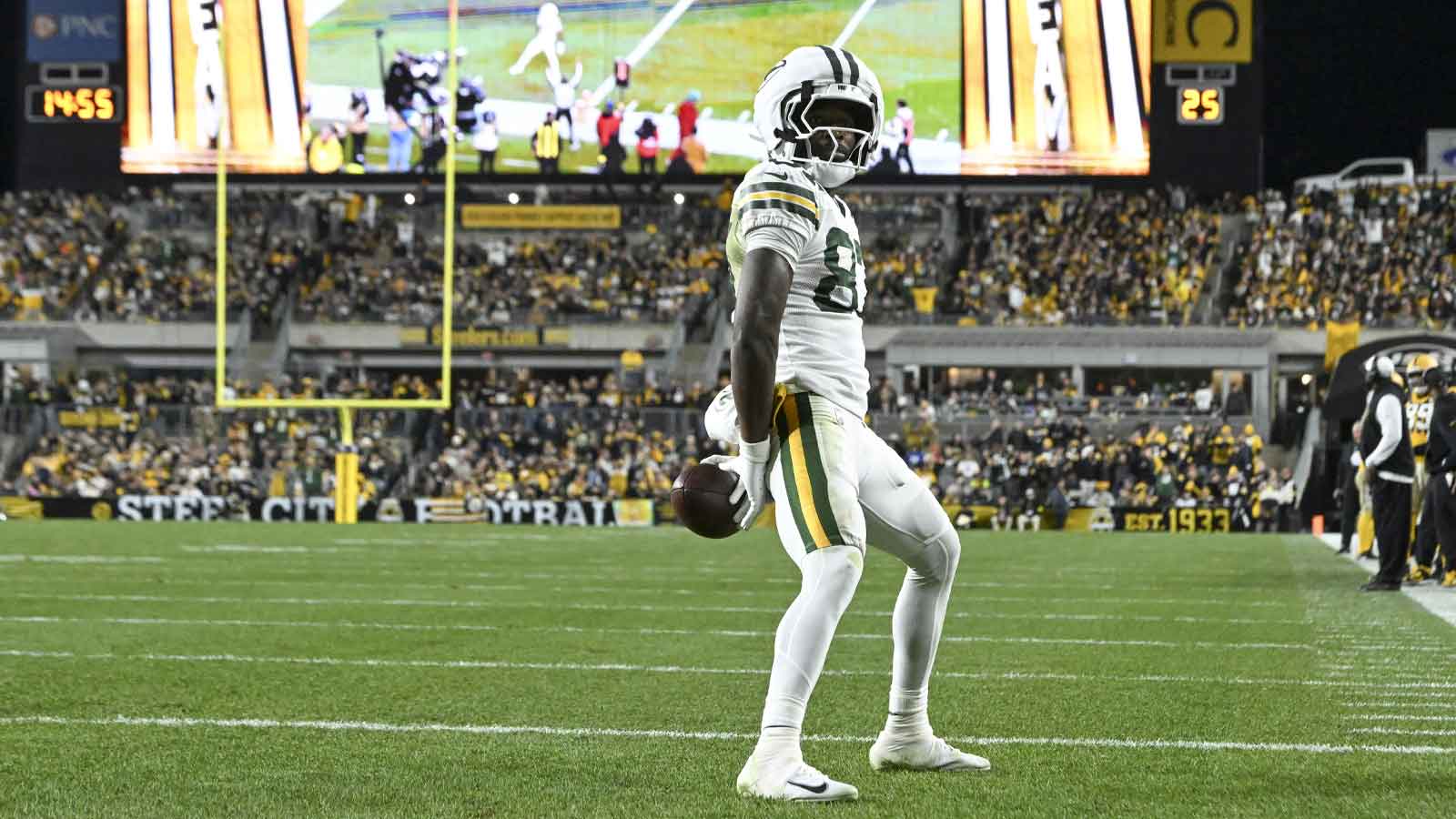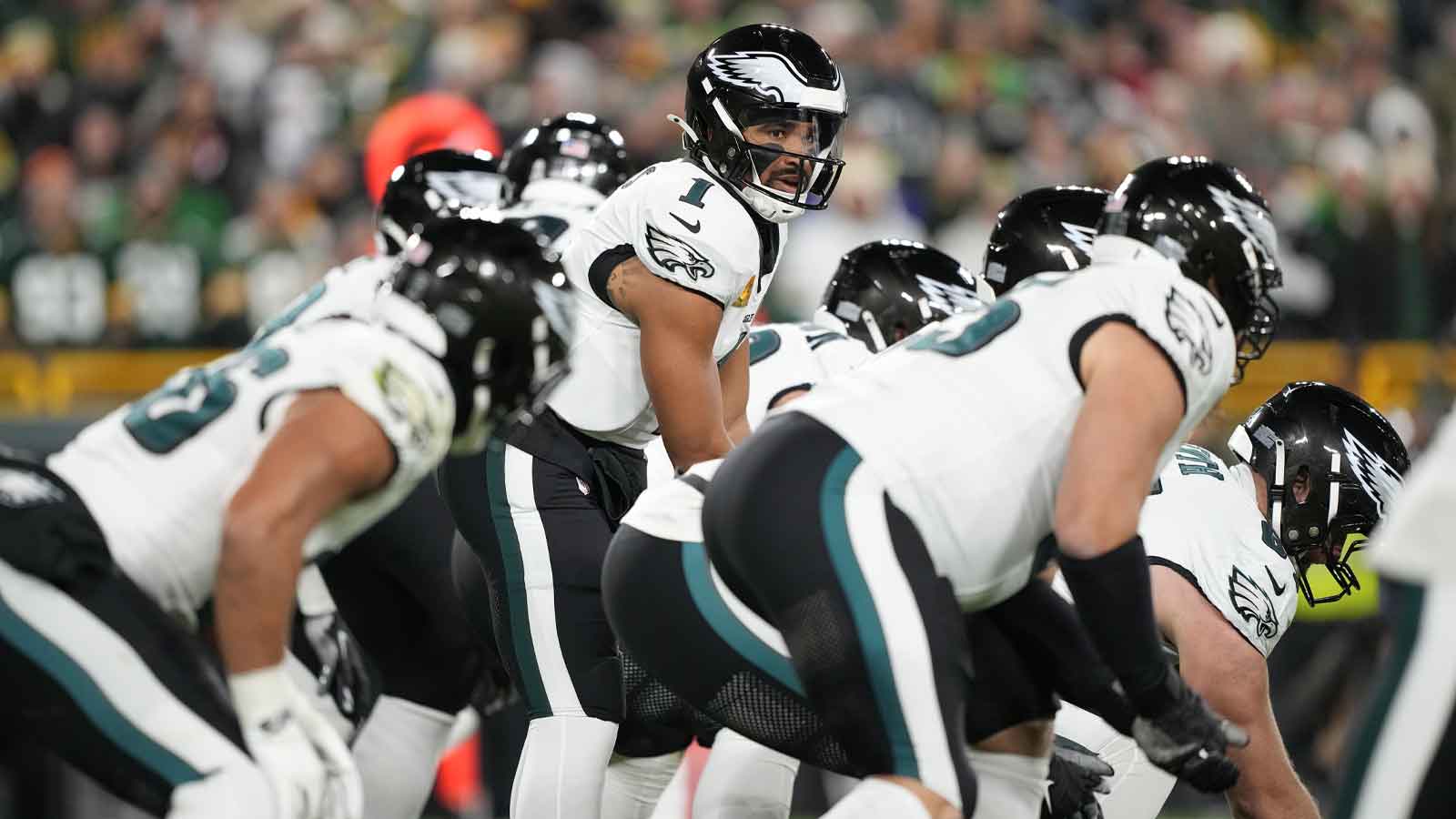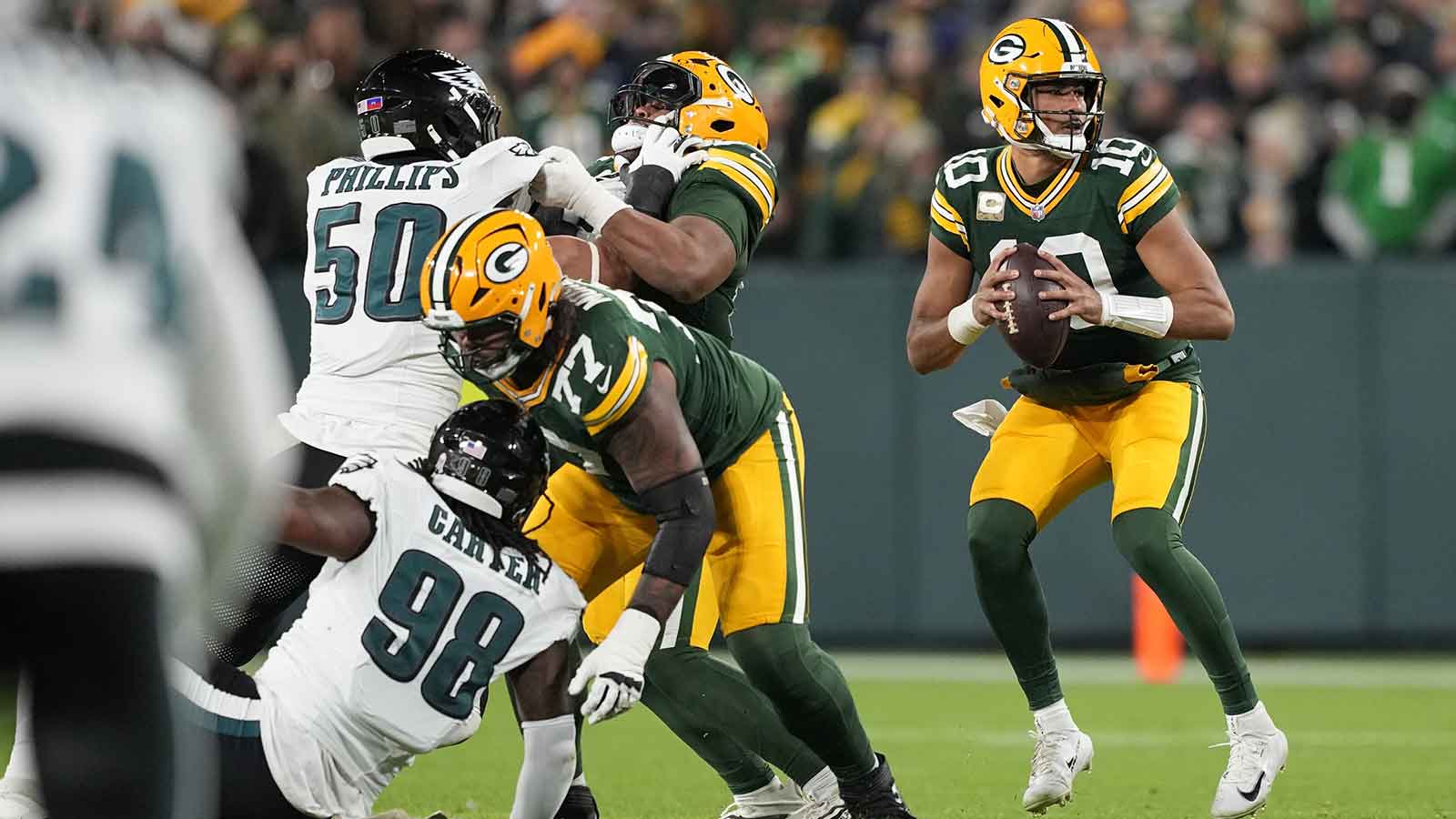The Green Bay Packers entered the 2025 season with significant optimism following their blockbuster acquisition of All-Pro pass rusher Micah Parsons from the Dallas Cowboys. The trade, which cost them defensive tackle Kenny Clark and two first-round picks, was supposed to vault Green Bay into legitimate Super Bowl contention. Instead, after 10 weeks of play and consecutive home defeats, the Packers find themselves at 5-3-1 and sitting third in the NFC North behind the Detroit Lions and Chicago Bears, both at 6-3. More concerning than their division standing is the undeniable reality that they remain a distant step behind the conference's elite.
The Monday night loss to the Philadelphia Eagles—a defensive slugfest that ended 10-7—perfectly encapsulated Green Bay's limitations. While Parsons and the defense largely held up their end of the bargain, the offense managed just seven points and 261 total yards, marking the second consecutive week of offensive futility at Lambeau Field. The Packers had scored at least 27 points in six of their first seven games, but suddenly the wheels have fallen off at the season's midpoint.
An Offense in Full Crisis Mode
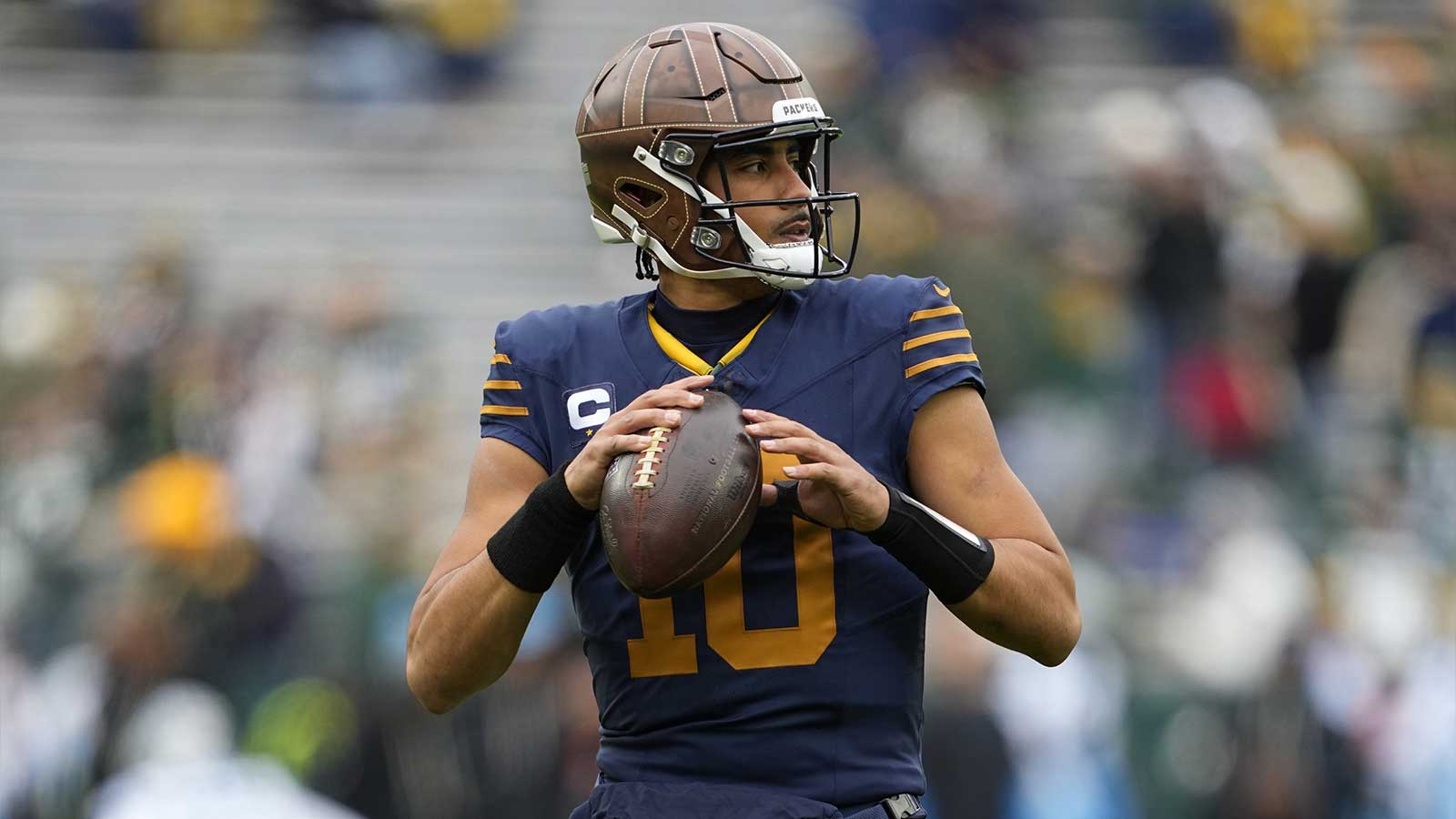
Green Bay's offensive collapse has been swift and devastating. The loss of tight end Tucker Kraft to a torn ACL has proven catastrophic for an offense that relied heavily on his versatility and chemistry with quarterback Jordan Love. Kraft was second on the team with 32 receptions and served as Love's security blanket, particularly in the red zone where he had been highly productive. Without him, offensive coordinator Matt LaFleur has struggled to find answers.
The statistics paint an alarming picture. Against the Eagles, the Packers managed just 20 net passing yards in the first half and went 0-for-5 on third down. They were held scoreless through three quarters for only the third time under LaFleur. Combined with the previous week's 16-13 loss to the Carolina Panthers, Green Bay has scored just two touchdowns in 120 minutes of home football. The red zone inefficiency has been particularly glaring—the Packers converted only 1-of-5 opportunities against Carolina and barely reached the red zone against Philadelphia.
Jordan Love, despite posting a solid 107.9 passer rating on the season, has been hamstrung by an offense that can't sustain drives or finish scoring opportunities. The loss of multiple receivers to injury, including Matthew Golden and Jayden Reed, has stripped Love of weapons at the worst possible time. Drops have plagued the receiving corps, with Romeo Doubs and Bo Melton committing crucial errors against the Eagles after the unit had just one dropped pass entering the game. LaFleur's increasingly conservative play-calling—featuring an abundance of screens and short passes—has done little to generate explosive plays without Kraft's ability to create yards after catch.
A Secondary That Remains Vulnerable
While Parsons has delivered on his end of the bargain with 6.5 sacks, 20 quarterback pressures, and 14 quarterback hits through eight games, the Packers' secondary continues to expose them against quality opponents. Green Bay's cornerback room was identified as a weakness entering the season after losing All-Pro Jaire Alexander in the offseason. The unit has struggled significantly when opponents deploy quick-game concepts that don't allow the pass rush time to get home.
Cornerbacks Nate Hobbs, Carrington Valentine, and Keisean Nixon have all posted concerning metrics when targeted, with opposing quarterbacks finding success when the coverage must hold for more than two seconds. The secondary allowed first downs on third-and-14 and third-and-23 against Arizona and continues to be exploited by tight ends and slot receivers. While defensive coordinator Jeff Hafley deserves credit for limiting explosive plays—the Packers have allowed the fewest in the league at just 46—the inability to generate turnovers and close games against elite competition remains problematic.
The NFC's True Contenders Stand Apart
The gap between Green Bay and the NFC's elite is substantial and measurable. The Los Angeles Rams, Philadelphia Eagles, Seattle Seahawks, and Detroit Lions have all separated themselves as legitimate Super Bowl contenders with both the talent and consistency the Packers lack. The Rams lead the conference with the best Super Bowl odds at +600, followed by the Eagles at +1000 and Seahawks at +700. Meanwhile, the Packers have dropped from +700 to +1000 in Super Bowl futures after their recent struggles.
The Eagles, who defeated Green Bay 10-7, possess the league's most balanced roster with a dominant run game led by Saquon Barkley and a revamped pass rush that includes new acquisition Jaelan Phillips. Philadelphia's defense held the Packers scoreless for three quarters and forced multiple critical stops, demonstrating the kind of championship-caliber execution Green Bay cannot currently match. The Lions, despite losing both coordinators from last season's 15-2 team, remain the NFL's most explosive offense and now lead the NFC North. The Rams boast MVP-candidate Matthew Stafford and rank top-five in both offensive and defensive DVOA, showcasing the complete team balance Green Bay lacks.
Even Seattle, with quarterback Sam Darnold leading a resurgent attack, has surged to 7-2 and jumped to third in Super Bowl odds after demolishing Arizona 38-7 in the first half. These teams have the quarterback play, offensive firepower, defensive versatility, and most importantly, the ability to win in multiple ways—all areas where the Packers have shown glaring deficiencies.
The reality is harsh but unavoidable: Micah Parsons, for all his individual brilliance, cannot single-handedly elevate a team with a sputtering offense, a vulnerable secondary, and mounting injuries to key playmakers. Green Bay's inability to score points, protect leads, and execute in critical moments has left them firmly on the outside looking in at the conference's elite tier. Unless the offense rediscovers its early-season form and the coaching staff finds solutions to the red zone woes, the Packers will continue to watch the NFC's true contenders from a distance—regardless of how many All-Pro pass rushers patrol their defensiveefensive front.


